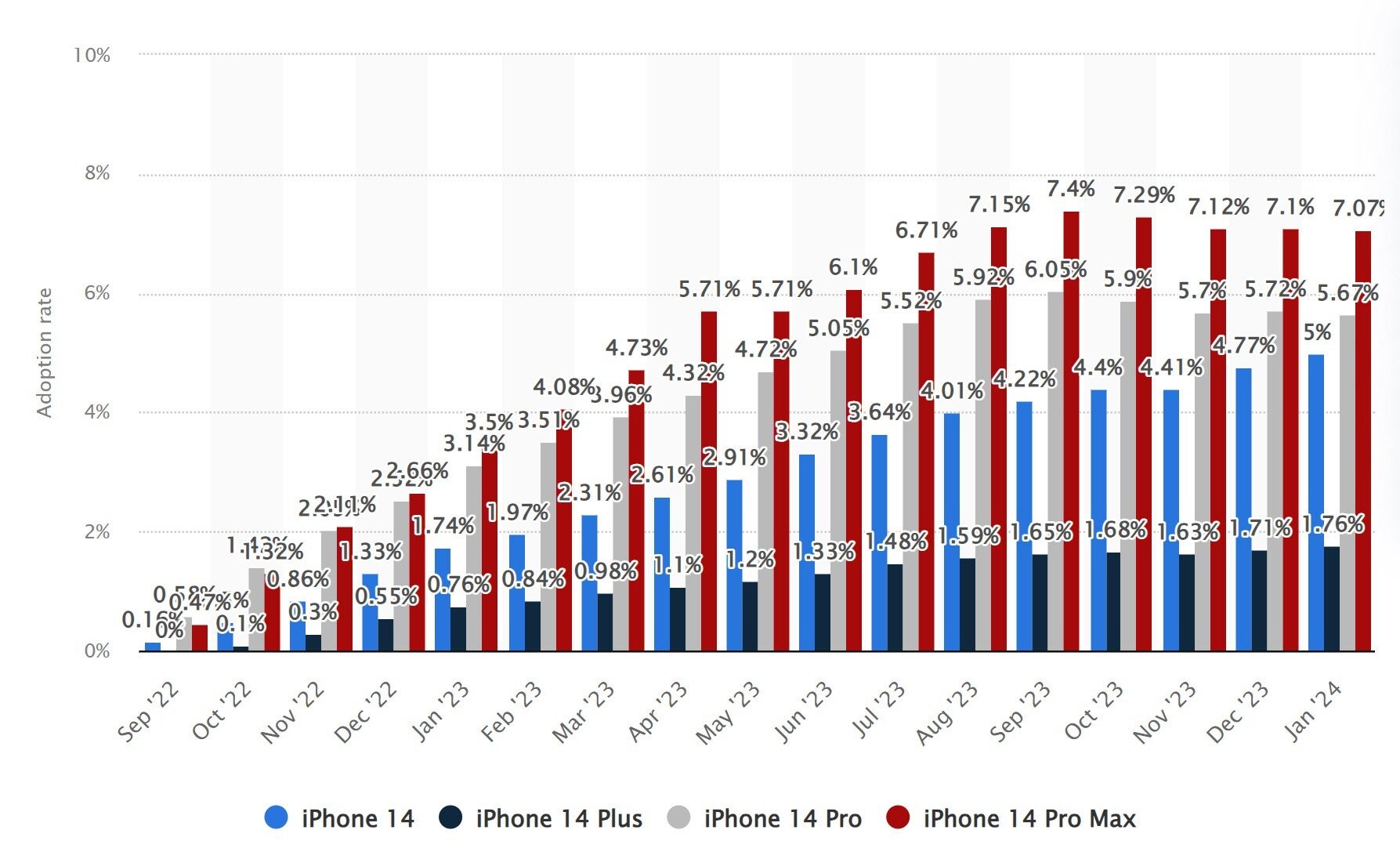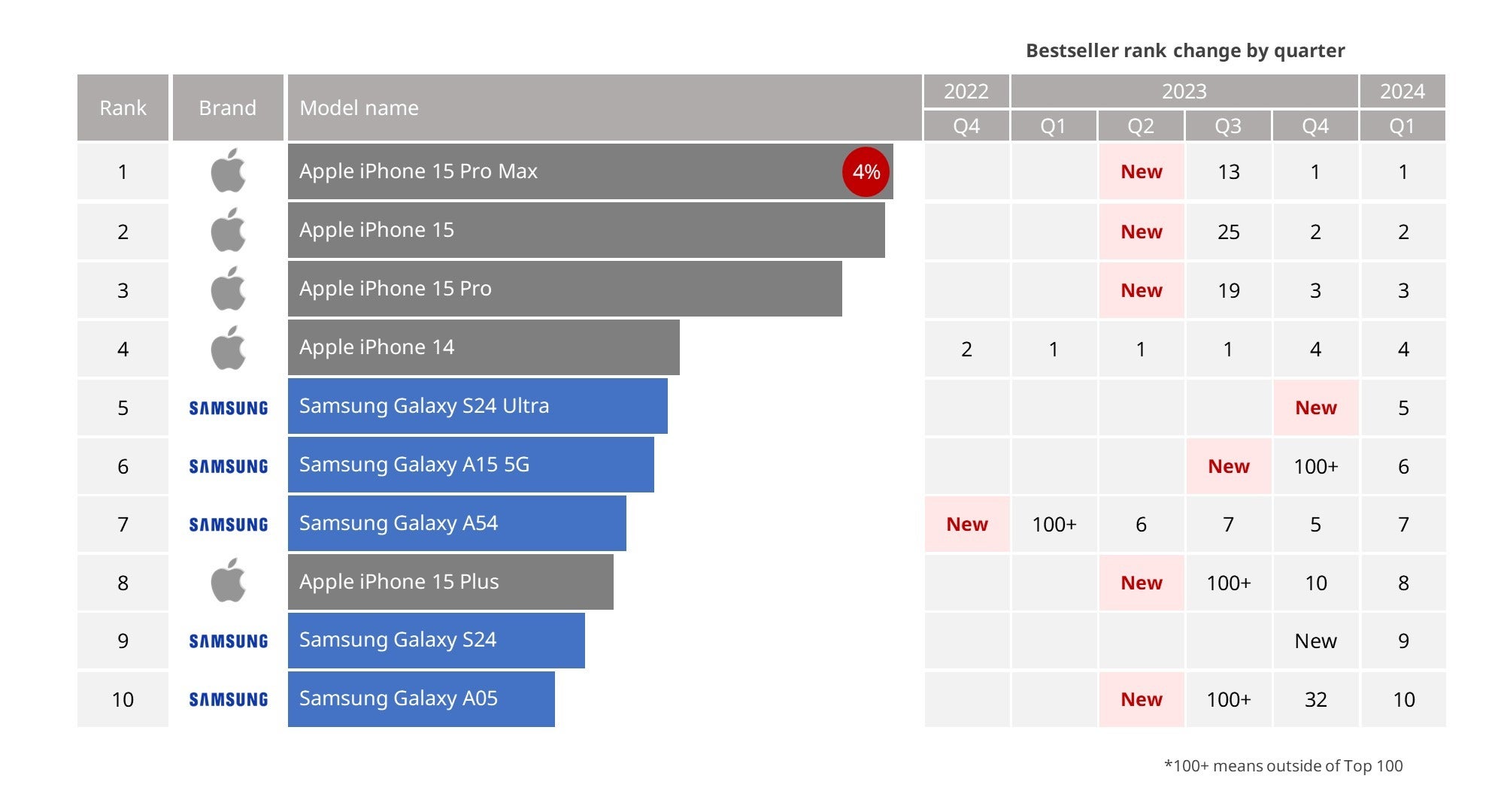In the beginning, there was the OG iPhone way back in the 2007 fiscal year, and it appeared as Apple’s sole handset warrior all the way to the iPhone 5 in 2012. Then it was joined by the first iPhone 6 Plus model with larger screen in 2013.

The 6 Plus days when iPhone fragmentation started taking off
Apple fragments the iPhone franchise
Still, it was a harbinger of the fragmentation to come for Apple’s phones. Not only did the lowly iPhone 14 and 14 Plus come with slow screens and worse cameras, but also with last year’s processors. This was something unheard of in the Apple realm, where fans were used to get the latest and greatest processor each year with every new iPhone, even the tiny 13 mini which was powered by the same chipset as the mighty Pro Max version.
Apple Intelligence will fragment the iPhone even further
Interestingly enough, even the arrival of the iPhone 16 series may not change that, despite the rumor that the iPhone 16 and 16 Plus will be powered by an Apple A18 chipset just like their more expensive Pro siblings.
In the future, Apple Intelligence’s on-device AI will certainly upgrade (most likely to a 7B LLM), which will require larger DRAM to operate. It is worth watching whether Apple will use this strategy to differentiate between high- and low-end models.
– Ming Chi-Kuo, Analyst, Medium, June ’24
Not the processing power, because the M1 chip on which Apple Intelligence will run is slower than the 17 TOPS of the A16 in the iPhone 15. The devices with the M1 chip, however, as well as those with the A17 Pro in the iPhone 15 Pro and 15 Pro Max, come with at least 8GB RAM.
We are not holding our breath that Apple will splurge on the iPhone 16 with its slow display and paltry dual camera, to equip it with 8GB RAM. It may surprise us, but so far Apple has been very stingy with the specs of its cheaper iPhones. Unless it raises the iPhone 16 and iPhone 16 Plus prices, of course, then Apple Intelligence will have done its fragmentation role even better.

Apple fragments the iPhone for profit
The fact that Apple’s relentless iPhone fragmentation spree will only increase with the iPhone 16 series, each of whose four members will not only differ by specs, price, and software features, but also now by screen size for the first time, comes to show that the strategy works.
Apple is setting its iPhones so far apart from each other because this approach is bearing fruit, and people are increasingly buying the most expensive iPhones while scoffing at the cheaper models.


iPhone 14 series adoption rates (image – Statista)


Apple’s most expensive iPhone tops the charts because fragmentation works (image – Counterpoint)
By now, it has become clear that Apple will continue fragmenting its iPhones to nudge people towards its most expensive tiers, simply because it works.
Fragmentation paid off, and the exclusivity of Apple Intelligence will only exacerbate that trend to squeeze extra revenue from the iPhone’s already record average selling price.
